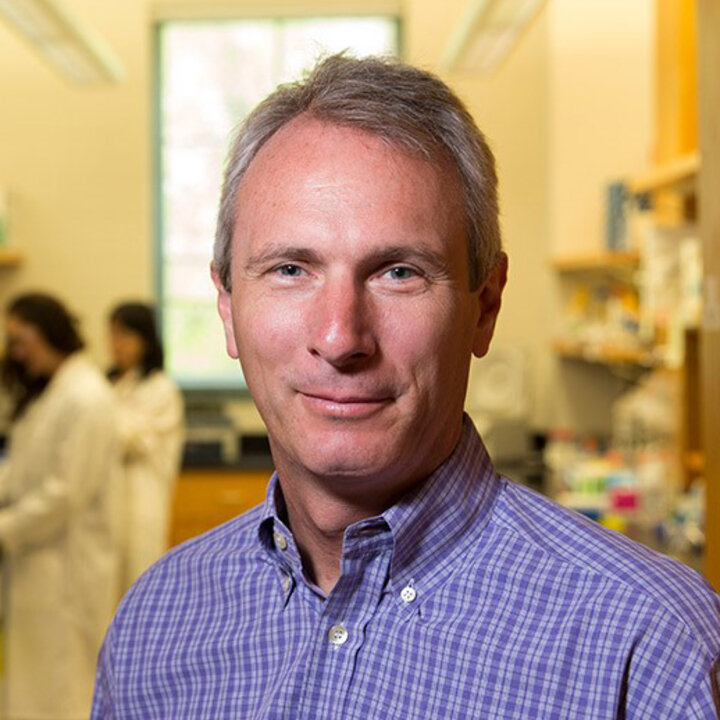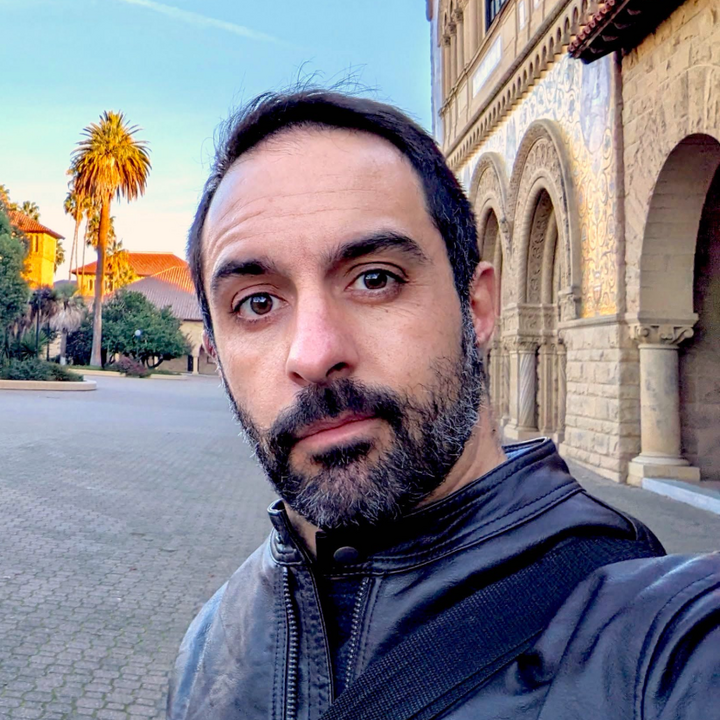
Elizabeth (Toby) Kellogg
Donald Danforth Plant Science Center
Arnold Arboretum of Harvard University
Controls of shattering in cereals
Wild plants are naturally selected to release their seeds but seed drop (also known as shattering) is undesirable in cultivated plants, which need to hold on to their seeds until people can harvest them. Human selection against shattering occurred millenia ago in rice, wheat, and barley, but is still required to improve other crops such as tef and fonio. We have discovered that the mechanisms of shattering are surprisingly varied, with different cellular and genetic details in different species. This variation offers many opportunities for new biological discoveries but also creates challenges for manipulating shattering, particularly in under-studied crops.

Scott Jackson
University of Georgia
Designer Crops—integrating engineering and biology
Plant breeding has been tremendously successful in providing high yielding crops for more than 100 years. Technological developments such as hybrid seed, experimental design, quantitative genetic models, haploid induction, biotechnology and others have underpinned this success. We are poised for another technological transformation with the advent of artifical intelligence (AI) and genome engineering tools that make synthetic biology of crop plants possible. At the University of Georgia, we have launched an institute that combines research in advanced mathematical modeling (AI), genetic engineering, breeding and design principles to design the crops that will meet future global needs and demands. I will share the reasoning behind what we are trying to accomplish along with examples of where we are going.

Josh Cuperus
University of Washington
Understanding the grammar of regulatory DNA in plants through new genome-scale technologies
We have advanced plant functional genomics by adapting Fiber-seq, a long-read single-molecule method, and pioneering Plant STARR-seq, a high-throughput massively parallel reporter assay to both identify accessible regions globally and identify those regions directly contributing to gene expression. Fiber-seq in maize hybrids reveals haplotype resolved accessibility, identifying novel regulatory elements, including active and changing enhancers and promoters within individual LTR retrotransposons. These elements show distinct epigenetic signatures, such as hyper-CpG methylation with chromatin accessibility. Complementing this, Plant STARR-seq enables large-scale functional screening of regulatory elements in monocots and dicots, facilitating machine learning-driven enhancer design and in silico evolution. Together, these approaches uncover insulators, silencers, and pervasive epigenetic patterns that help us better understand plant gene regulation. This integrated toolkit lays the foundation for programmable and tunable gene expression in crops, addressing longstanding challenges in engineering endogenous regulation.

Christine Diepenbrock
University of California–Davis
Improving crop nutritional quality and abiotic stress tolerance
In this talk I will describe recent and ongoing projects that our lab and collaborative teams have carried out to improve crop productivity and/or quality profiles under conditions of abiotic stress. Our lab is focused on using quantitative genetics and other predictive breeding technologies to understand plant biology and vice versa, for traits of importance to food, nutritional, and farm economic security. The bulk of our current work is in grain legumes, though we have continued work in collaborative partnership with cereals, leafy greens, and other staple and specialty crop breeding/genetics programs. I will describe the suite of strategies we are taking for the assessment, dissection/prediction, and applied improvement of nutritional quality alongside agronomic traits, from groundtruth and sensor-based phenotyping of various throughputs to various genomic and crop modeling approaches.

Davide Sosso
Heritable Agriculture
Big Data & Computational Agriculture: Opportunities and Misuse
Crop breeding, historically reliant on phenotypic selection, is being revolutionized. The convergence of artificial intelligence (AI), extensive germplasm collections, and innovative breeders is transforming this field. AI analyzes vast phenotypic and genotypic datasets, enabling faster, more precise identification of superior genotypes. This accelerates the development of high-yielding, climate-resilient, and resource-efficient crops. The integration of these advanced tools is pivotal for future food security and sustainable agriculture, empowering breeders to meet global challenges with unprecedented efficiency.